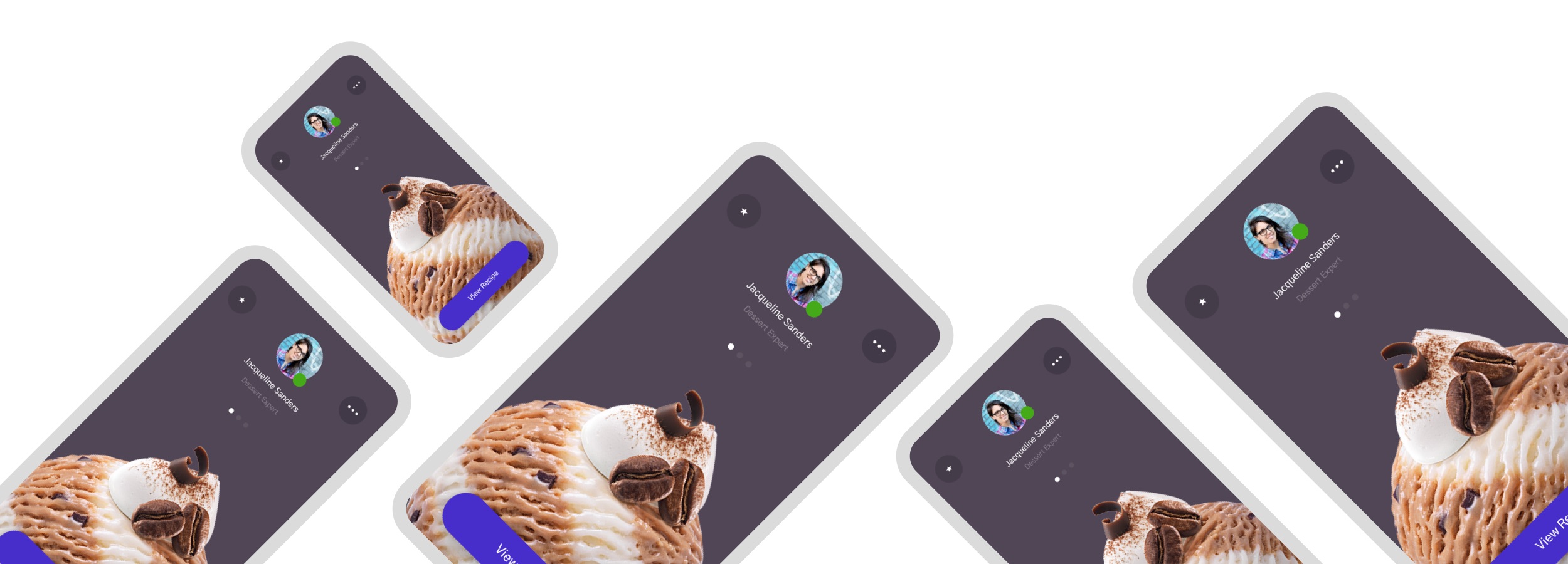A guide to uncovering your customer's needs
The best products are built backwards from the customer.
Here's how to understand all your customer's needs.
Get started


An outcome is the picture the customer has in his or her head when executing a task. It is the ideal result of the task at hand. This outcome is stable and consistent.
For example, when thinking about travel, humans (at all times) might have described their outcome as: "I want to arrive as quickly as possible at my destination".

A market is a group of people who have the need to achieve the same outcome. Think, for example, about the manager of a construction site, who has the need "to get fresh concrete delivered on time, in the right quantity".
Professionals who have the need to achieve minimal waste of concrete and minimal wait times for their workers can define a market, for which you will now explore solutions.

A job map is an organized way to investigate the outcomes that the customer has in mind when using your product. It is a tool that is specifically designed to give you deeper understanding of every step in your customer's workflow, especially those steps that are usually left out.
Even if you only make it to this step, you will already know more about your customer's needs than many product vendors do in their entire lifetime!

Now that you have collected your customer's outcomes, the next step is to prioritize the long list of newly understood needs. This is done be validating the needs with a larger group of potential users of your product.

A prioritized collection of customer needs can be depicted on a graph pointing you to the opportunities that exist in your market. This map will bring clarity to your decision making and bring structure to your user inputs, your voice of customer results and the feedback on your product.

The beauty of the opportunity map is that it helps you apply the right strategies in the right places. It answers questions such as:


Lorem ipsum dolor sit amet, consectetur adipiscing elit. Suspendisse varius enim in eros elementum tristique.
Lorem ipsum dolor sit amet, consectetur adipiscing elit. Suspendisse varius enim in eros elementum tristique.
Lorem ipsum dolor sit amet, consectetur adipiscing elit. Suspendisse varius enim in eros elementum tristique.
